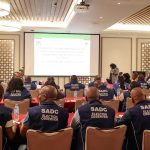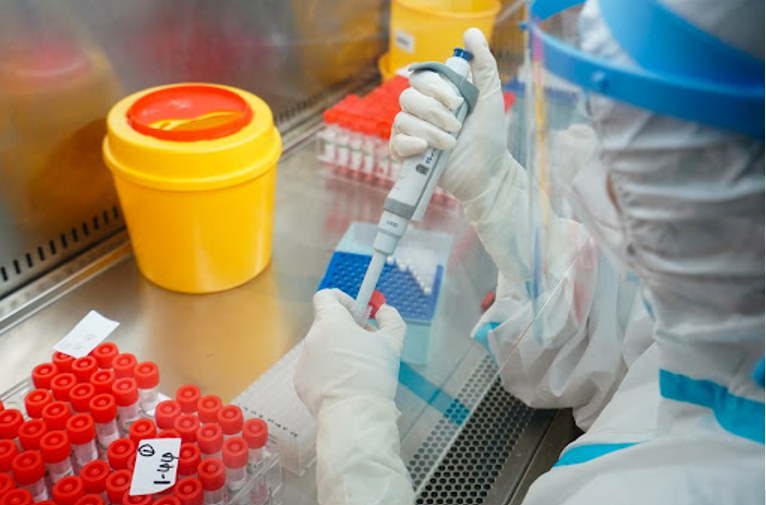
The World Health Organization unveiled Wednesday a team of scientists it said it has mandated to investigate new pathogens and prevention of future pandemics, as also reviving the stalled probe into COVID-19’s origins. The group of 26 experts will be charged with producing a new global framework for studies into the origins of emerging pathogens of epidemic and pandemic potential, and their scope includes SARS-CoV-2, the virus that causes the COVID-19 disease.
WHO says the newly formed advisory group on dangerous pathogens may be “our last chance” to determine the origins of the SARS-CoV-2 virus, and has since urged China to provide data from early cases.
About the advisory group
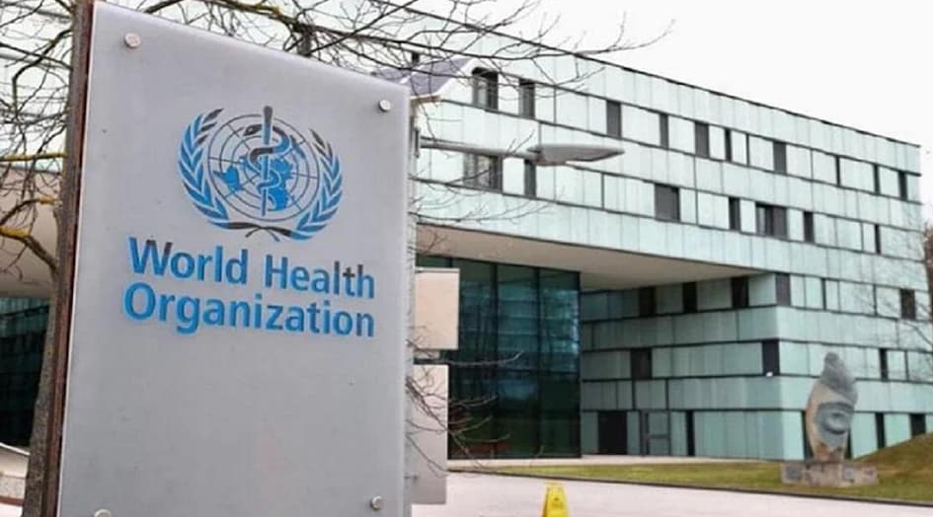
The WHO 26 proposed members of its Scientific Advisory Group on the Origins of Novel Pathogens (SAGO), were chosen from a field of more than 700 applications and are drawn from a range of scientific disciplines. They include Christian Drosten, the head of Berlin’s Institute of Virology; Yungui Yang of the Beijing Institute of Genomics; Jean-Claude Manuguerra of France’s Institut Pasteur; and Inger Damon from the US Centers for Disease Control and Prevention.
Several of the experts were on the joint WHO-China scientific mission investigating the origins of COVID-19: Vladimir Dedkov, Farag Elmoubasher, Thea Fischer, Marion Koopmans, Hung Nguyen and John Watson. The terms of reference say the group must give the WHO an independent evaluation of all available scientific and technical findings from global studies on the origins of COVID-19.
The group is also expected to advise the UN health agency on developing, monitoring and supporting the next series of studies into the origins of the virus that caused COVID-19; this could include “rapid advice” on the WHO’s operational plans to implement the next series of studies into the pandemic’s origins, and advice on additional studies.
Previous interventions

A WHO-led team spent four weeks in and around Wuhan in January this year with Chinese scientists, and later said in a joint report in March, that the virus had probably been transmitted from bats to humans through another animal but underscored the need for further research. The organization’s director-general Tedros Adhanom Ghebreyesus says the investigation was hampered by a scarcity of raw data, pertaining to the first days of the outbreak, and called for lab audits.
The joint report in March drew no firm conclusions, but ranked four hypotheses; most probable was that the virus jumped from bats to humans via an intermediate animal. It judged a leak from the Wuhan virology laboratories was “extremely unlikely”. The investigation faced criticism for lacking transparency and access, and for not evaluating the lab-leak theory more deeply.
Future studies
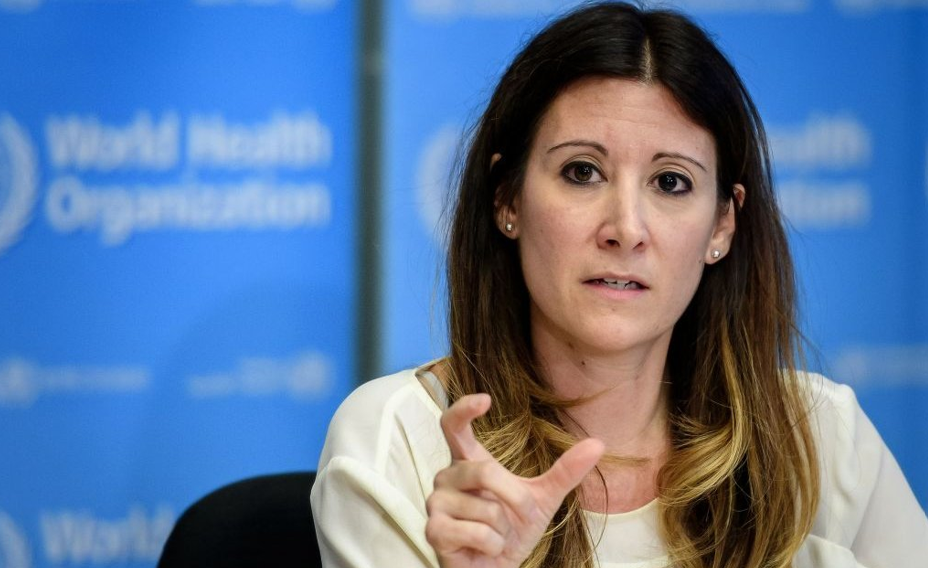
Maria van Kerkhove, WHO technical lead on COVID-19, said there would be further WHO-led international missions to China which would engage the country’s cooperation. She told a news conference that “more than three dozen recommended studies” must still to be carried out to determine how the virus crossed from the animal species to humans. Kerkhove added that reported Chinese testing for antibodies in Wuhan residents in 2019 will be “absolutely critical” to understanding the virus’s origins.
The WHO, in an editorial in Science, said that detailed investigations of the earliest known and suspected cases in China prior to December 2019 were still needed, including analyses of stored blood samples from 2019 in Wuhan and retrospective searches of hospital and mortality data for earlier cases. Labs in the area where the first reports of human infections emerged in Wuhan are expected to be a focus, as ruling out an accident requires sufficient evidence.
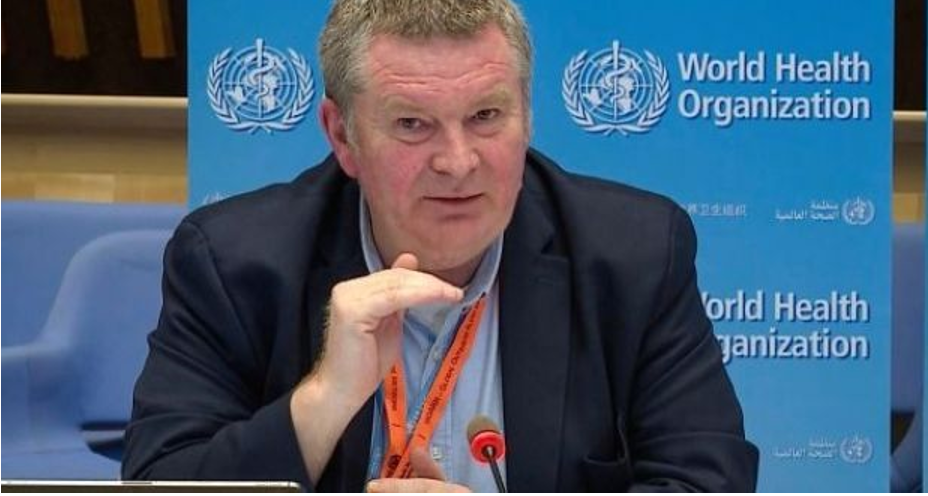
Mike Ryan, WHO’s top emergencies director, said the new panel may be the last chance to establish the origin of SARS-CoV-2, “.
The WHO was seeking to “take a step back, create an environment where we can again look at the scientific issues…This is our best chance, and it may be our last chance to understand the origins of this virus.” Mike Ryan said.
Chen Xu, China’s ambassador to the UN in Geneva, told a separate news conference the conclusions of the joint study were “quite clear”, and that since international teams had been sent to China twice already, “it is time to send teams to other places.”
“I do believe that if we are going to continue with the scientific research I think it should be a joint effort based on science not by the intelligence agencies…So if we are going to talk about anything, we are doing the whole business within the framework of SAGO” Chen said.

The first human cases of COVID-19 were reported in the central Chinese city of Wuhan in December 2019. China has repeatedly dismissed theories that the virus leaked from one of its laboratories saying no more visits were needed.

